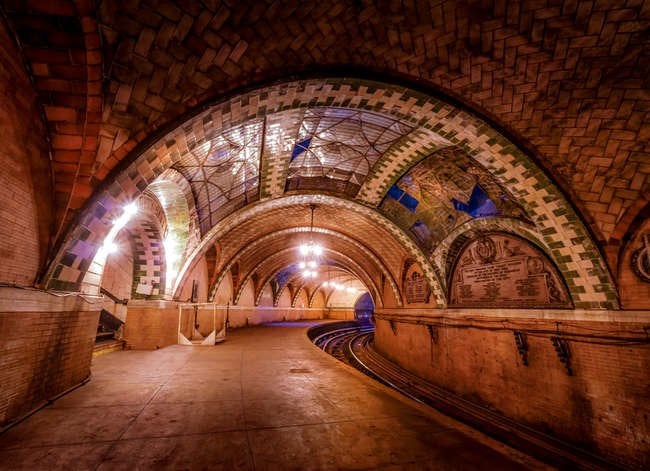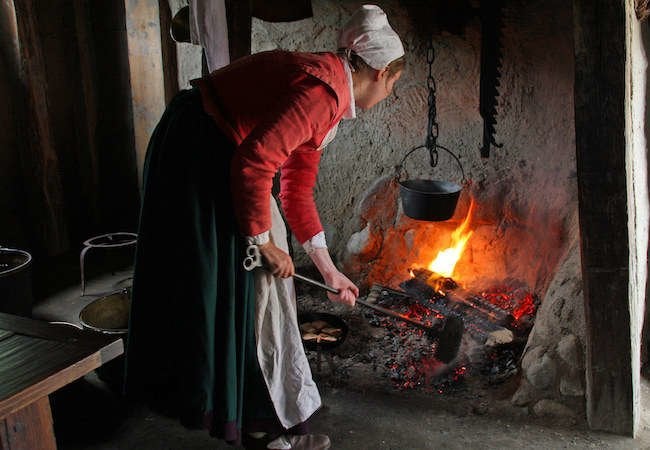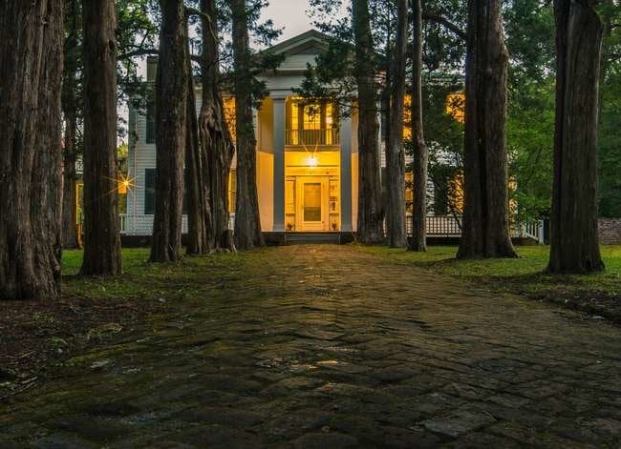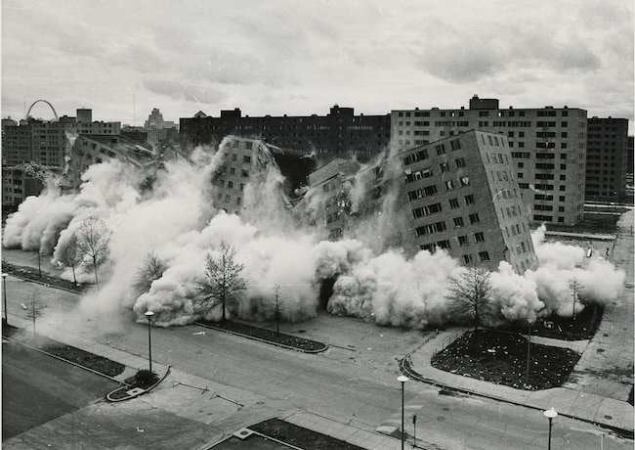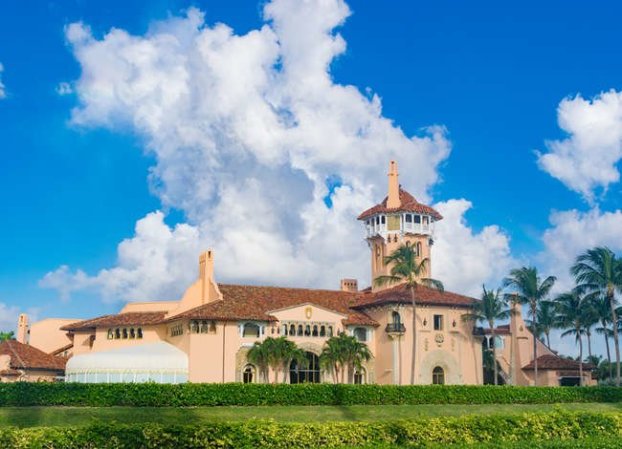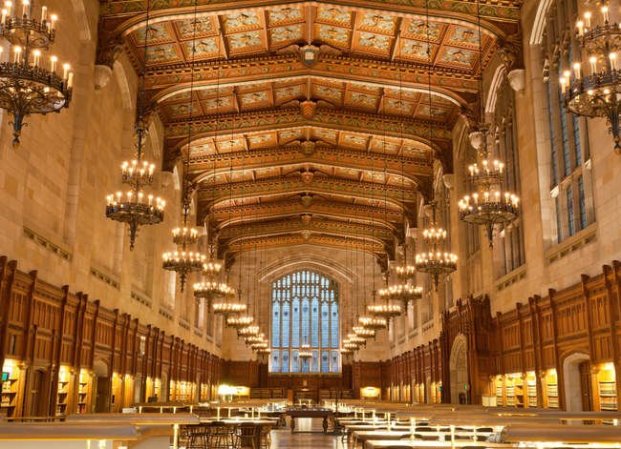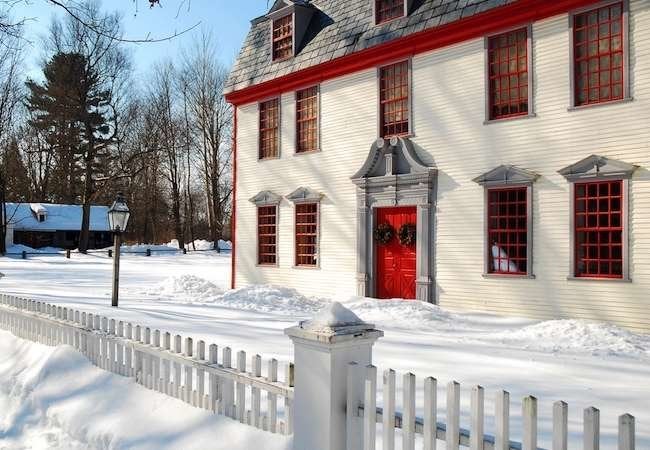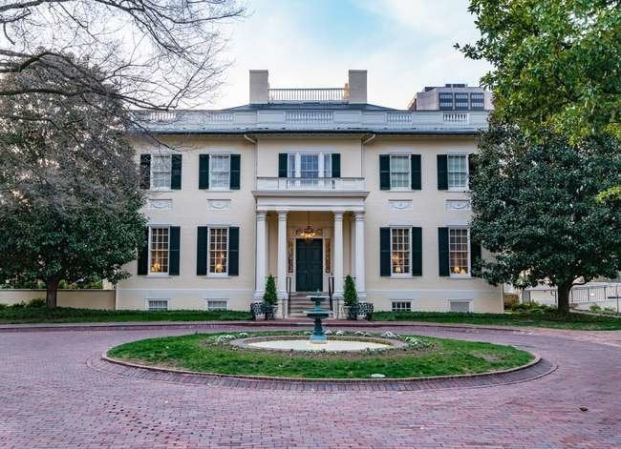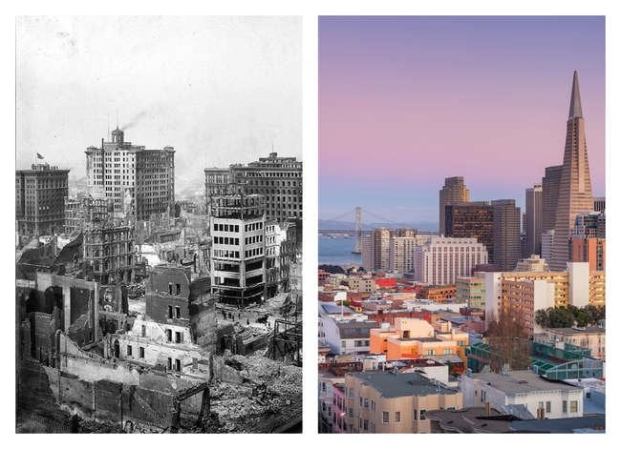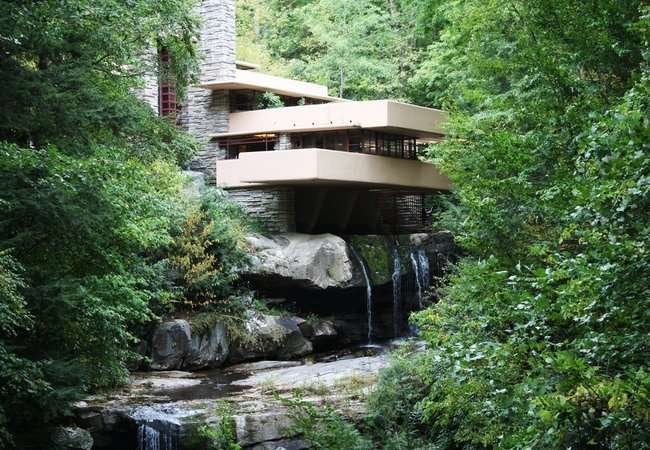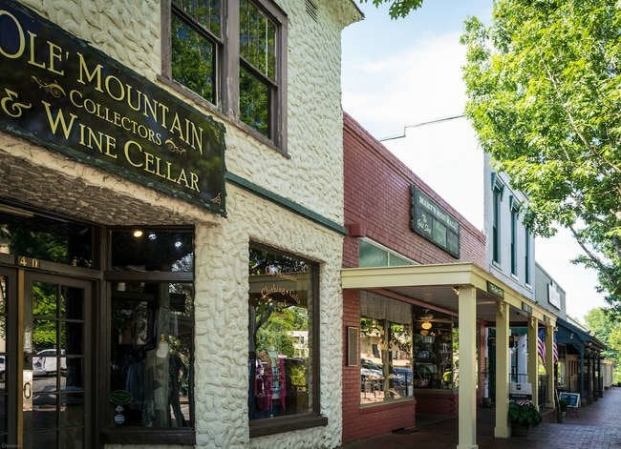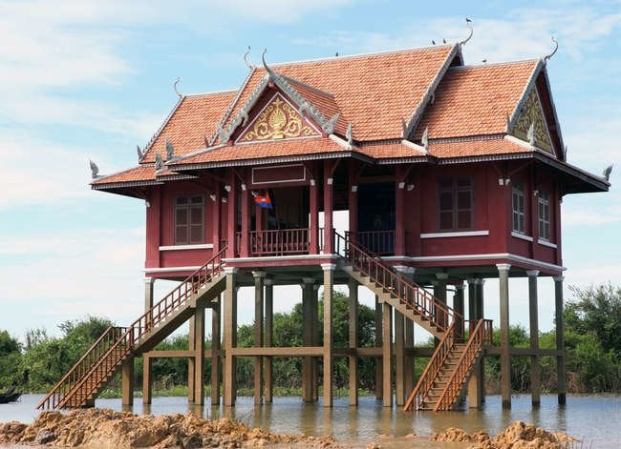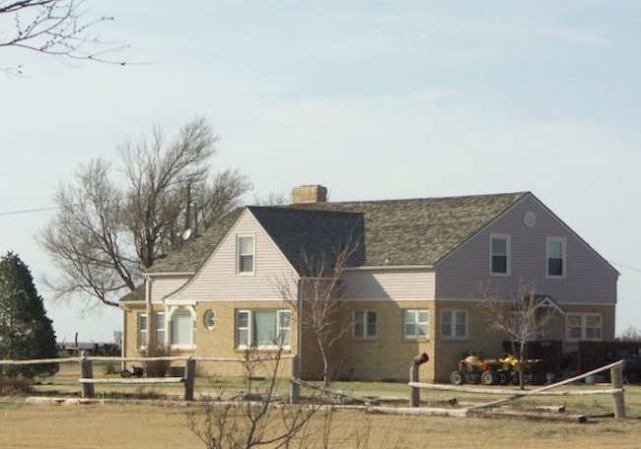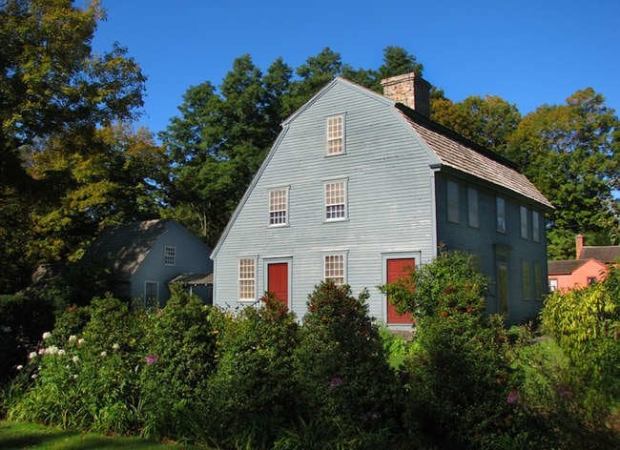We may earn revenue from the products available on this page and participate in affiliate programs. Learn More ›
Dilapidated Landmarks
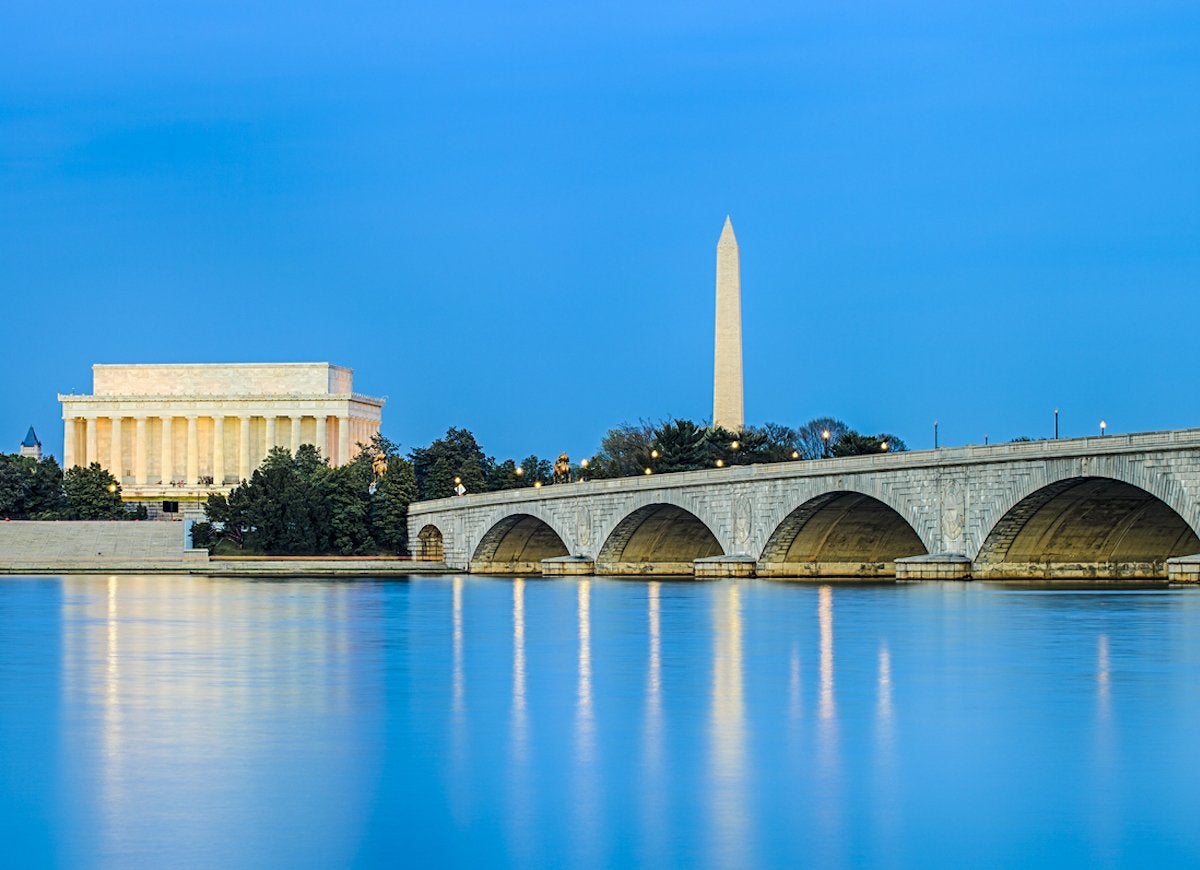
America is a veritable treasure trove of famous bridges, lighthouses, stadiums, and other architectural wonders that are as historically and culturally significant as they are artful. Yet the triple threats of vandalism, neglect, and harsh weather have reduced some of these stalwart structures to crumbling ruins. Here’s a selection of great American landmarks that have, for various reasons, lost their looks yet retained their importance.
Six Flags New Orleans in New Orleans, Louisiana
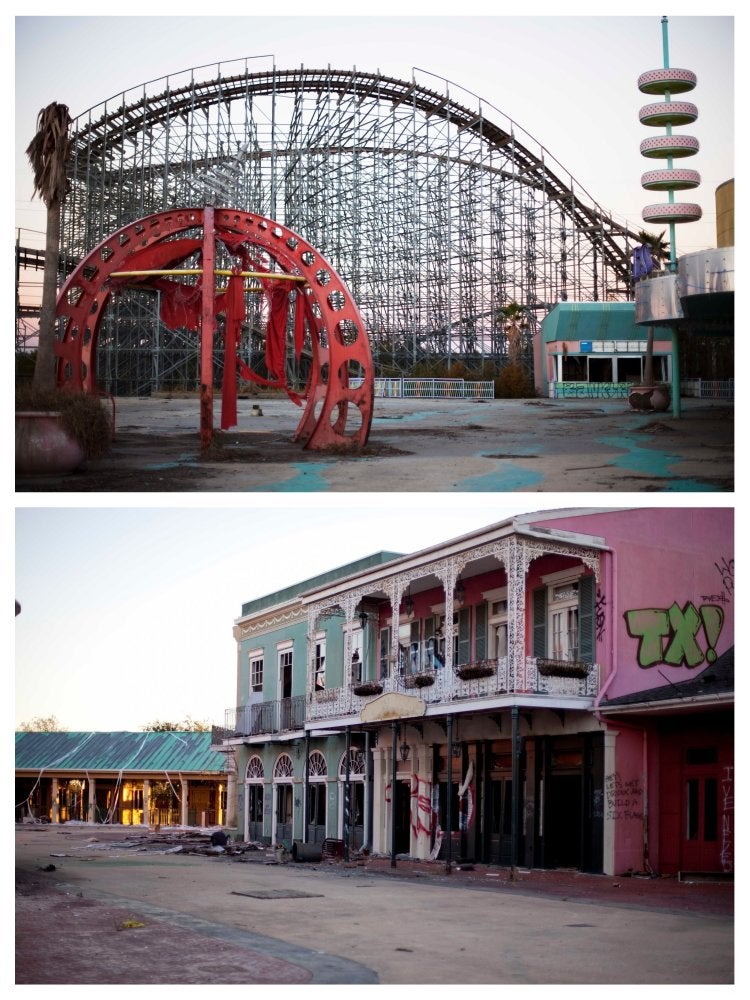
Flickr.com via Erik Jorgensen
Eighty percent of this 140-acre amusement park was submerged underwater during Hurricane Katrina, yet even the few rides that escaped the flooding remain nonoperational due to safety concerns. Although prior attempts to reopen the abandoned park have failed, it has found a semblance of life as a film location for hit movies like “Jurassic World” and “Dawn of the Planet of the Apes.”
Related: After Disaster: 8 U.S. Cities That Went from Ruin to Rebirth
Westlake Theater in Los Angeles, California
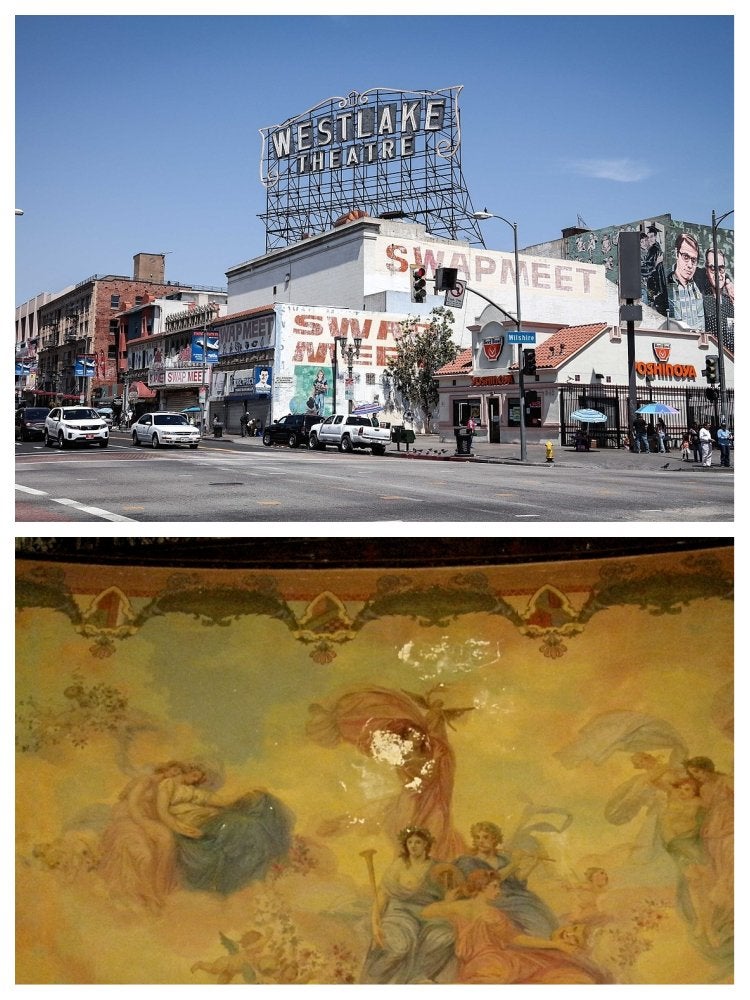
Wikimedia Commons via Visitor7
L.A.’s Westlake Theater, recently purchased for $2 million, has undergone multiple conversions, from a popular vaudeville venue in the 1920s, to a Spanish-language cinema in the ’80s, to a swap meet destination and National Historic Landmark in the early ’90s. By then, the Renaissance-style murals bore major signs of wear, though restoration efforts have improved their appearance as well as the looks of other original elements of the theater.
The New York State Pavilion in Queens, New York
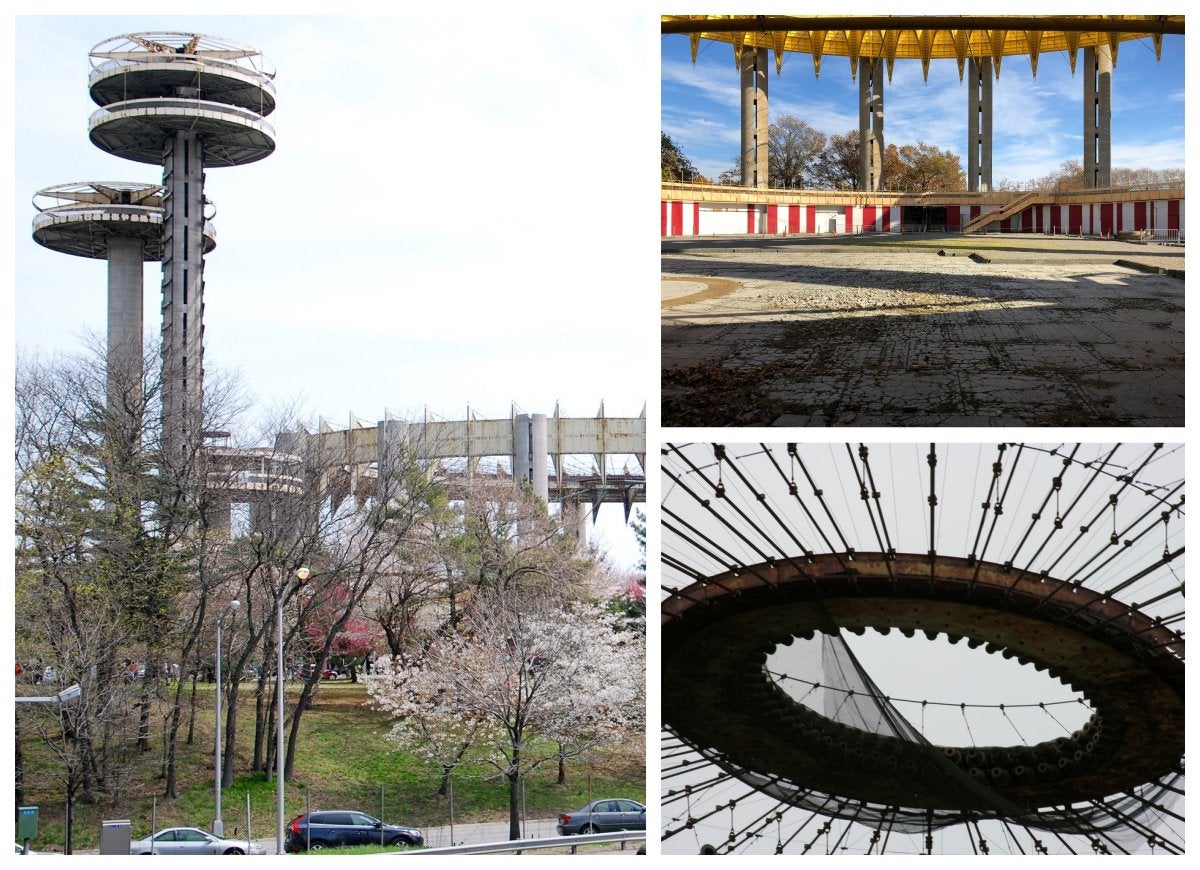
Flickr.com via Dave Addey, Erwin Bernal, and slgckgc
Built for the New York World’s Fair of 1964, the New York State Pavilion consisted of three structures: an elliptical Tent of Tomorrow, three concrete Observation Towers, and the drum-shaped Theaterama. While the Theaterama now houses the Queens Museum, the towers and the Tent of Tomorrow have slowly fallen victim to deterioration and vandalism. While its terrazzo floors have faded and its roof and red ceiling tiles are gone, the pavilion’s artful architecture and cultural significance earned it a National Treasure designation from the National Trust for Historic Preservation in 2014.
Related: 15 Places Every American Should Visit at Least Once
Michigan Central Station in Detroit, Michigan
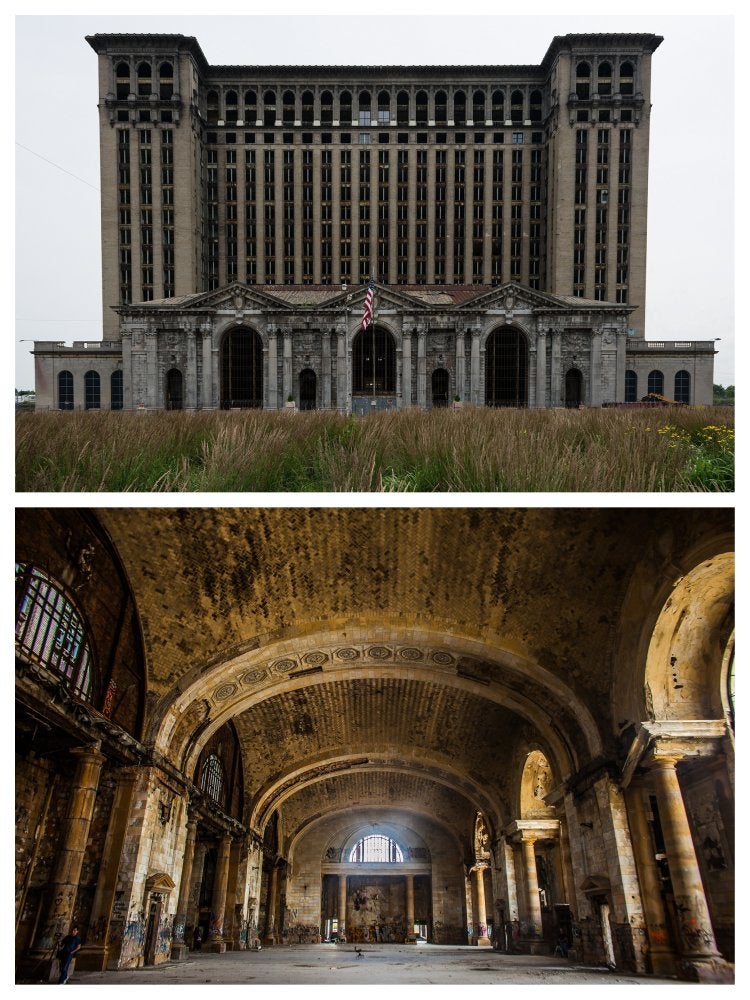
Flickr.com via Johnathan Nightingale and Thomas Hawk
The decline in train travel in post-World War II America heralded the demise of this Beaux-Arts-inspired rail depot, which was finally closed in 1988 after 75 years of service. Though the building has since decayed, proposals for renovation and redevelopment are still in play. In the meantime, the ramshackle roof has been repaired, the flooded basement drained, and minor structural repairs performed—and an imposing barbed-wire fence now surrounds the depot to ward off vandals.
The Palladium in St. Louis, Missouri
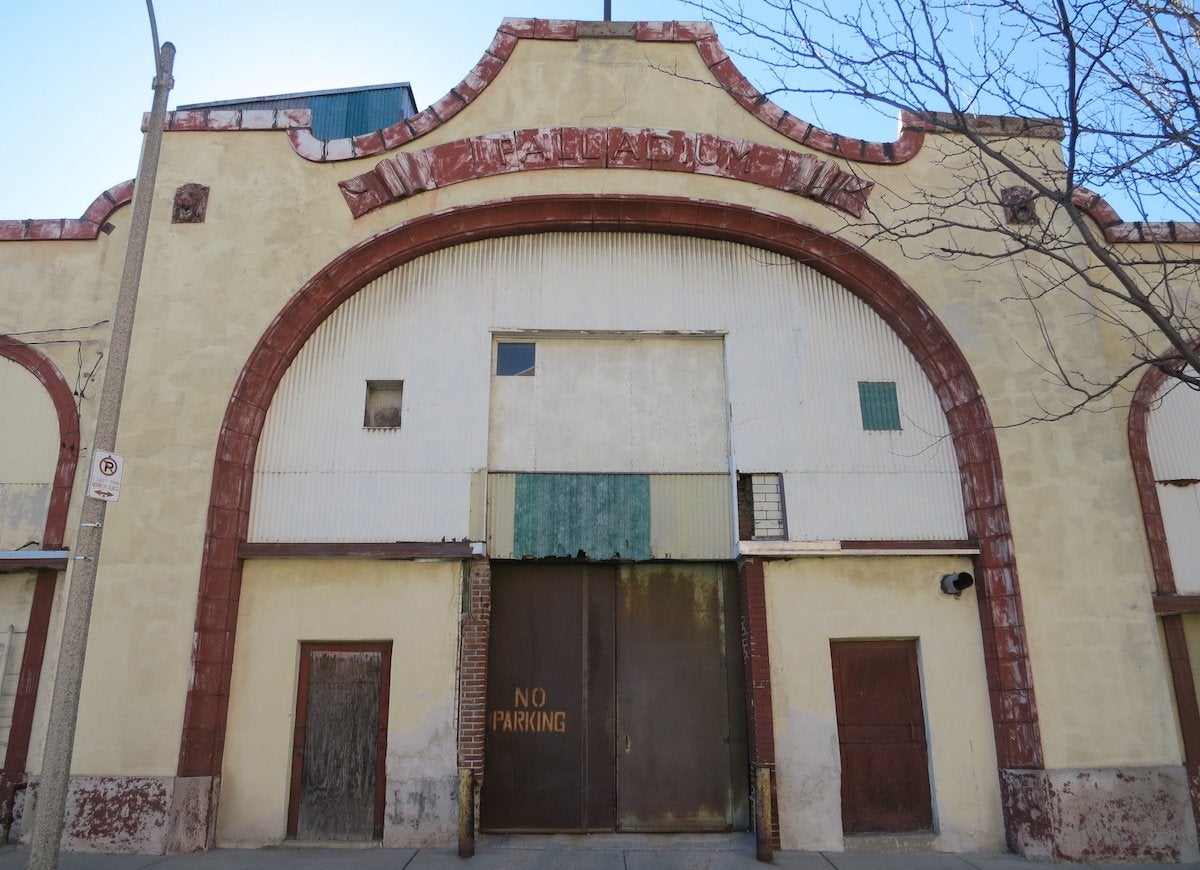
Flickr.com via Paul Sableman
Threats to bulldoze this important building led the National Trust for Historic Preservation to label it one of the most endangered historic places in 2014. But in its heyday in the 1940s and ’50s, the Palladium served as a popular dance club featuring acts by Nat King Cole, Dizzy Gillespie, and other African-American musical icons.
Historic Wintersburg in Huntington Beach, California
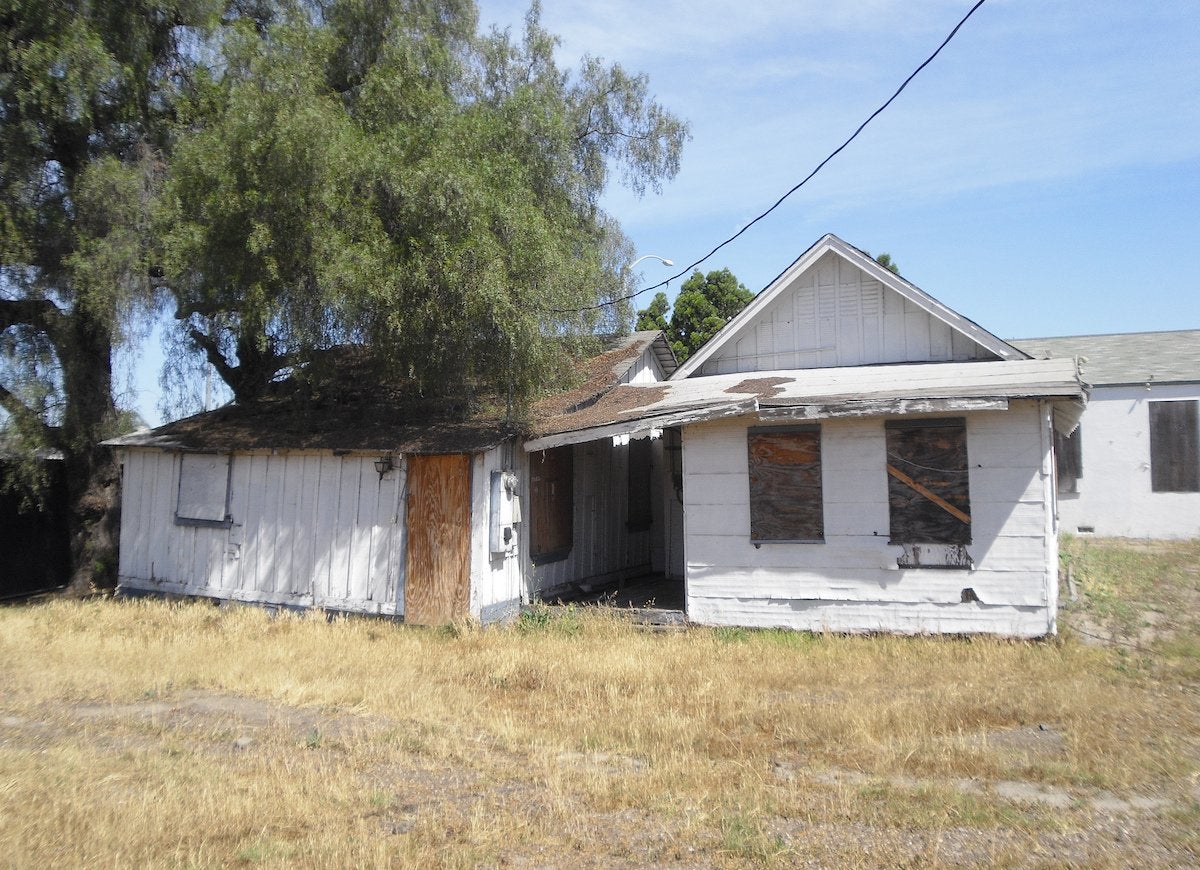
Flickr.com via Chris Jespen
While the owners of this property are reportedly in talks to sell Historic Wintersburg for use as a self-storage facility, preservationists believe its historic past is worth protecting. Its shabby state aside, the cluster of six paint-chipped buildings on an abandoned 4.3-acre lot remains a symbol of Japanese-American life in the American West.
Related: 25 Tiny Towns to Visit for a Glimpse at How We Used to Live
Frank Lloyd Wright Spring House in Tallahassee, Florida
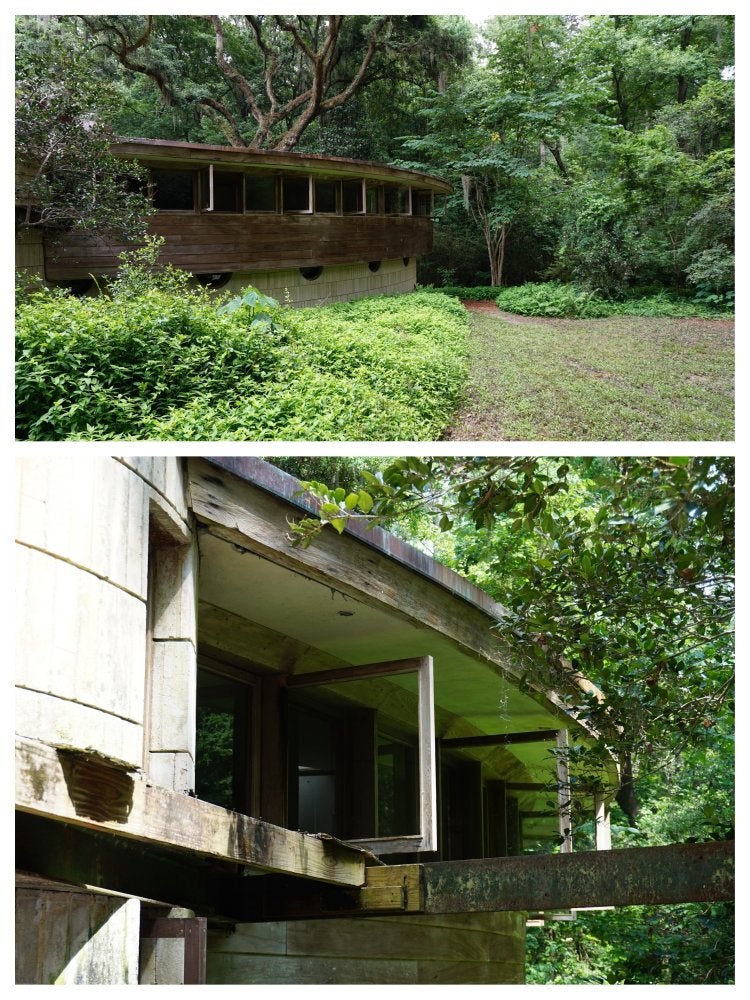
Flickr.com via Artie White
One look at the rotted wood and deteriorating facade of this 64-year-old dwelling and it’s plain to see that it’s lost its original grandeur. The Spring House, however, also known as the Lewis House, still holds the honor of being the only private residence in Florida to be built by famed architect Frank Lloyd Wright.
Related: The Secret Histories of 15 Grand Old American Mansions
Old Mint in San Francisco, California
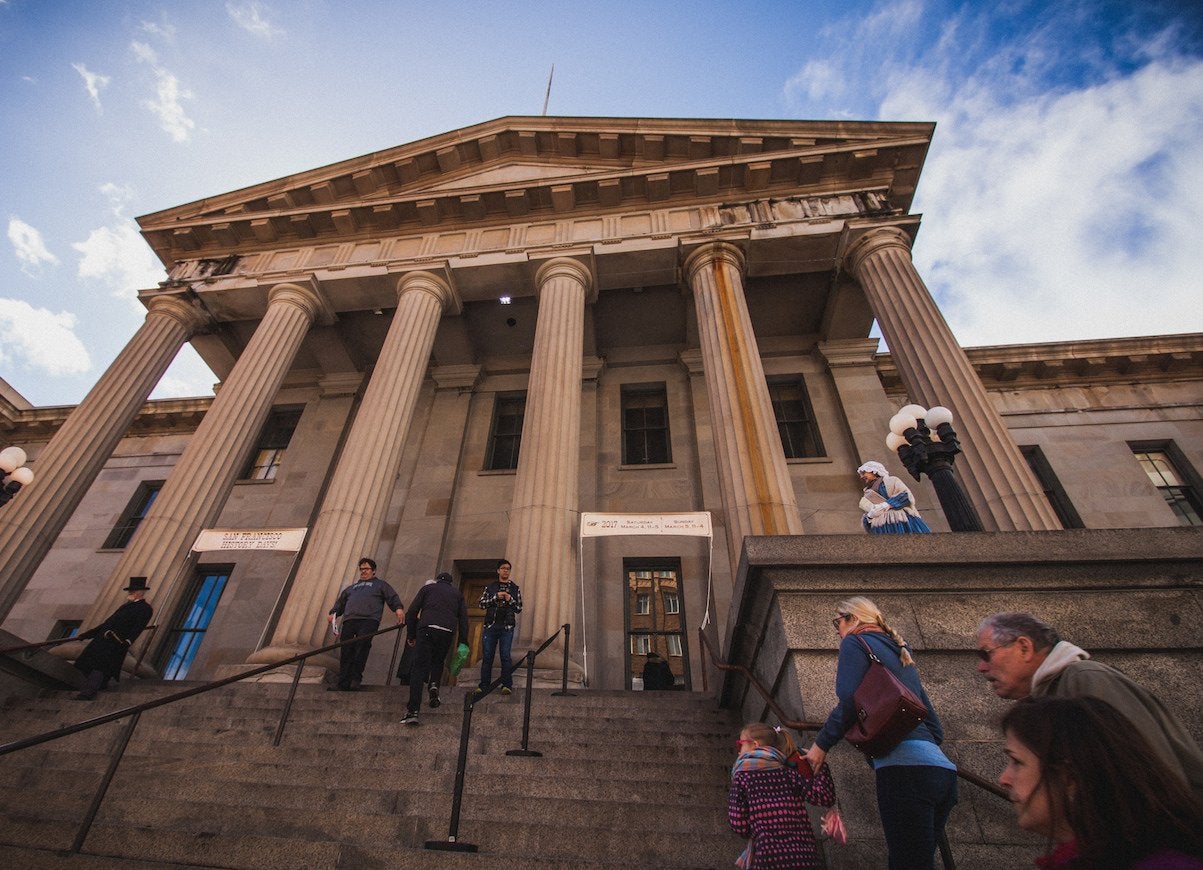
Flickr.com via James Carnes
Remarkably, the San Francisco Mint survived the 7.9-magnitude earthquake and fire that rocked the City by the Bay in 1906. The building stopped producing coins way back in 1937, and the intervening years have not been kind to the weathered sandstone structure. For preservationists and architecture buffs, however, “The Granite Lady” represents the city’s transformation from a shanty town to a Gold Rush hub to a modern-day leader of technology.
Hinchliffe Stadium in Paterson, New Jersey
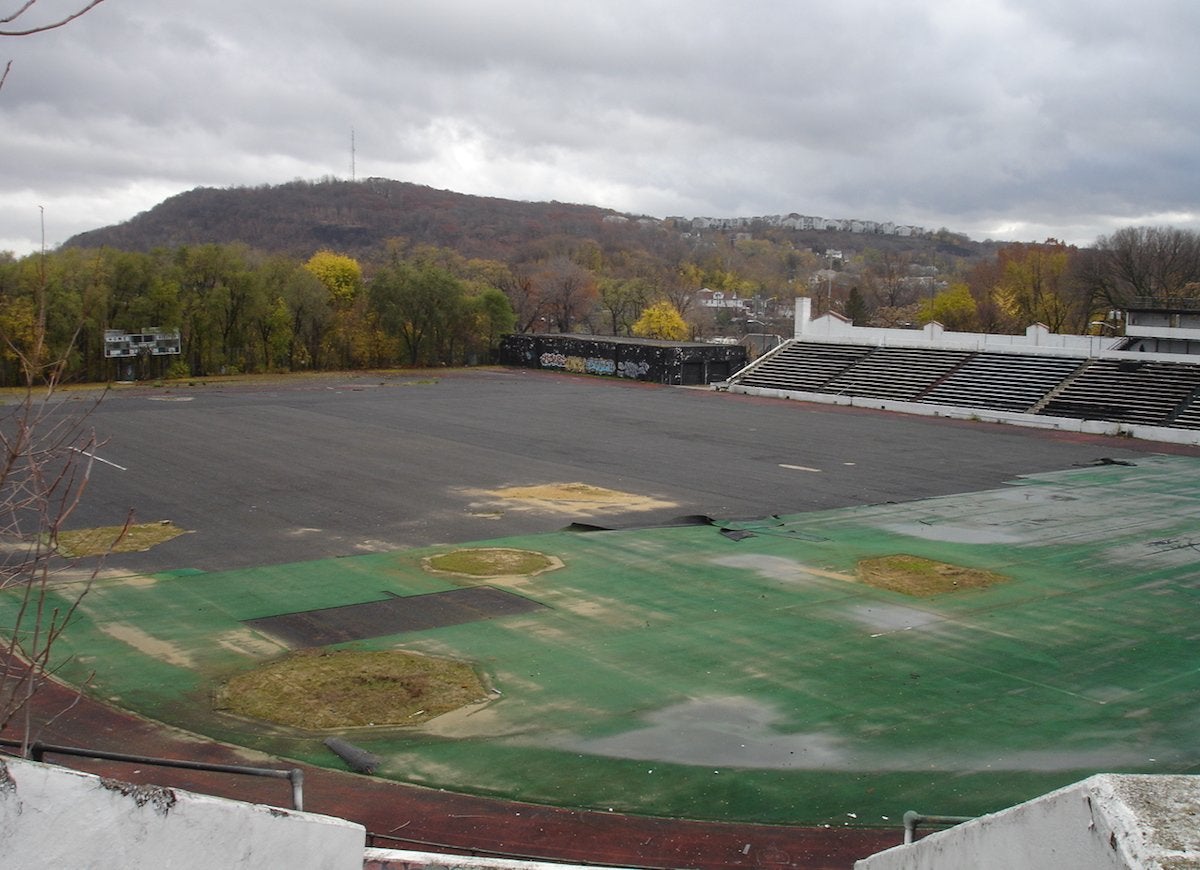
Wikimedia Commons via KForce
Since its closure in 1997, vandalism and neglect have transformed this concrete stadium into the overgrown and graffiti-covered wasteland it is today. But for most of its history, the 10,000-seat venue, one of few remaining ballparks with a Negro League pedigree, was filled with spectators eager to attend must-see events ranging from ball games to rock concerts.
Miami Marine Stadium in Miami, Florida
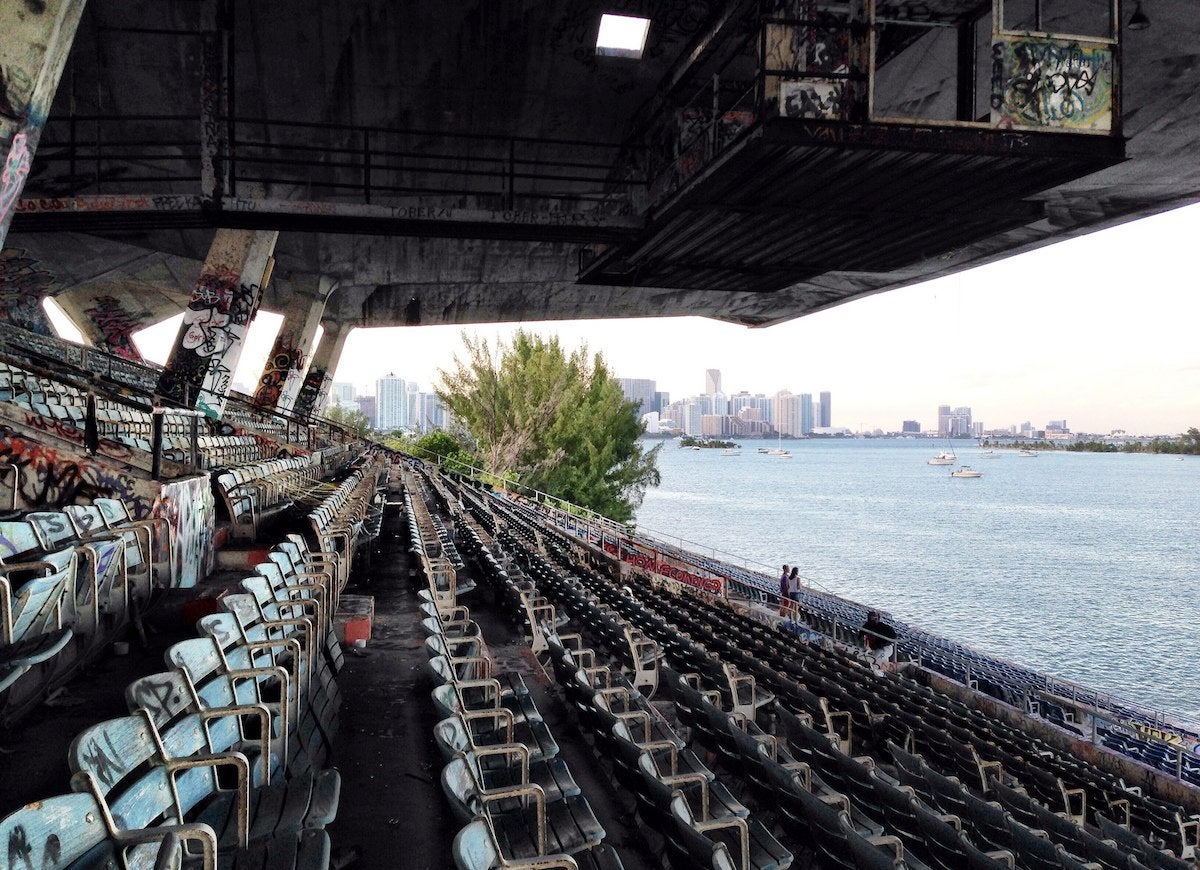
Flickr.com via Ines Hegedus-Garcia
Hurricane Andrew caused the closure of this unique 6,566-seat stadium, built in 1963 for viewing powerboat races. More than 25 years of disuse have resulted in the graffitied seats, rotted platforms, and pot-hole-ridden walkways that plague the site today. Despite the stadium’s chaotic condition, plans to raze it in 2006 were met with public furor, leading to its designation as a local landmark in 2008 and sparking a $45 million investment in its renovation.
Montauk Point Light in Montauk, New York
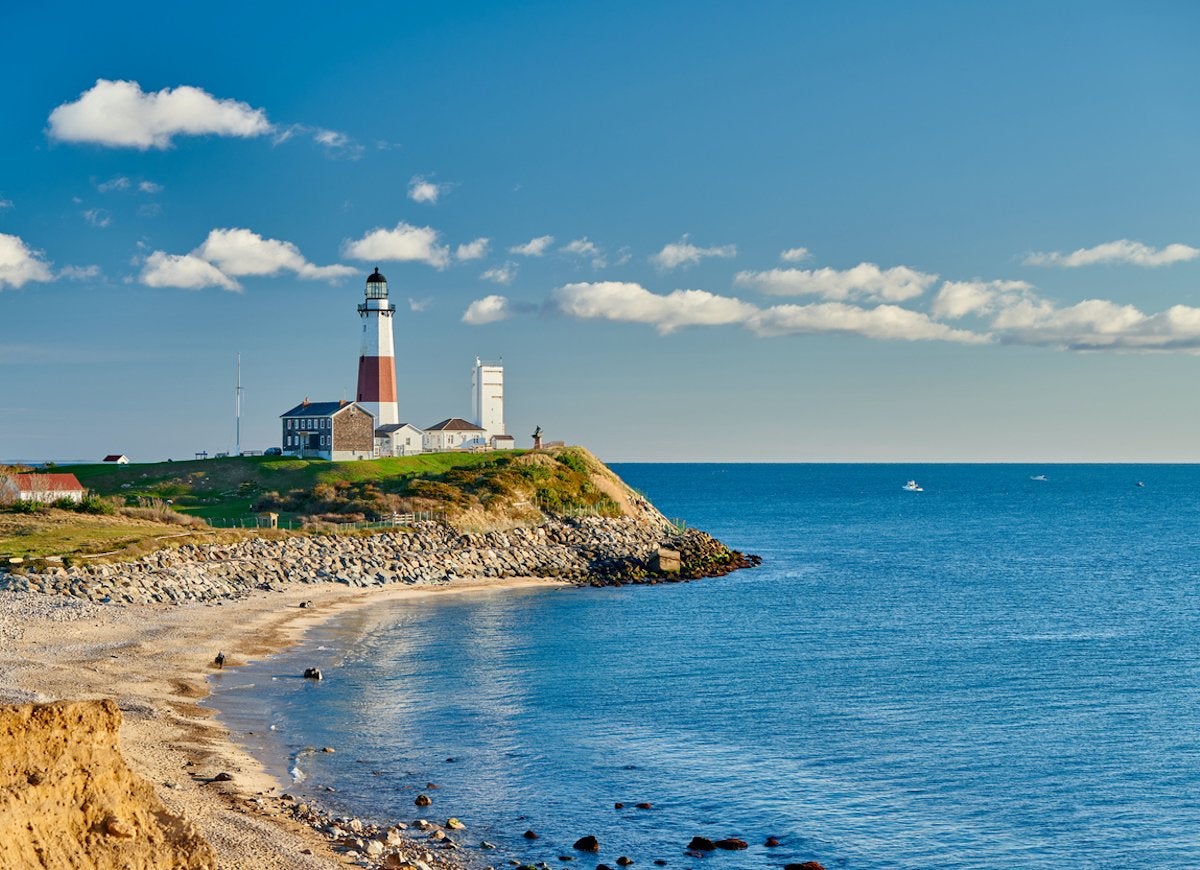
This postcard-worthy lighthouse in the picturesque Hamptons hamlet of Montauk is at risk of sinking if the rapidly eroding cliff on which it stands is not reinforced, or if the structure itself isn’t permanently moved to higher ground. Its designation as a National Historic Landmark in 2012, however, gives locals hope that the 110-foot tower will have a future.
Related: These 15 American Cities Are Experiencing the Effects of Climate Change
Arlington Memorial Bridge in Washington, D.C.
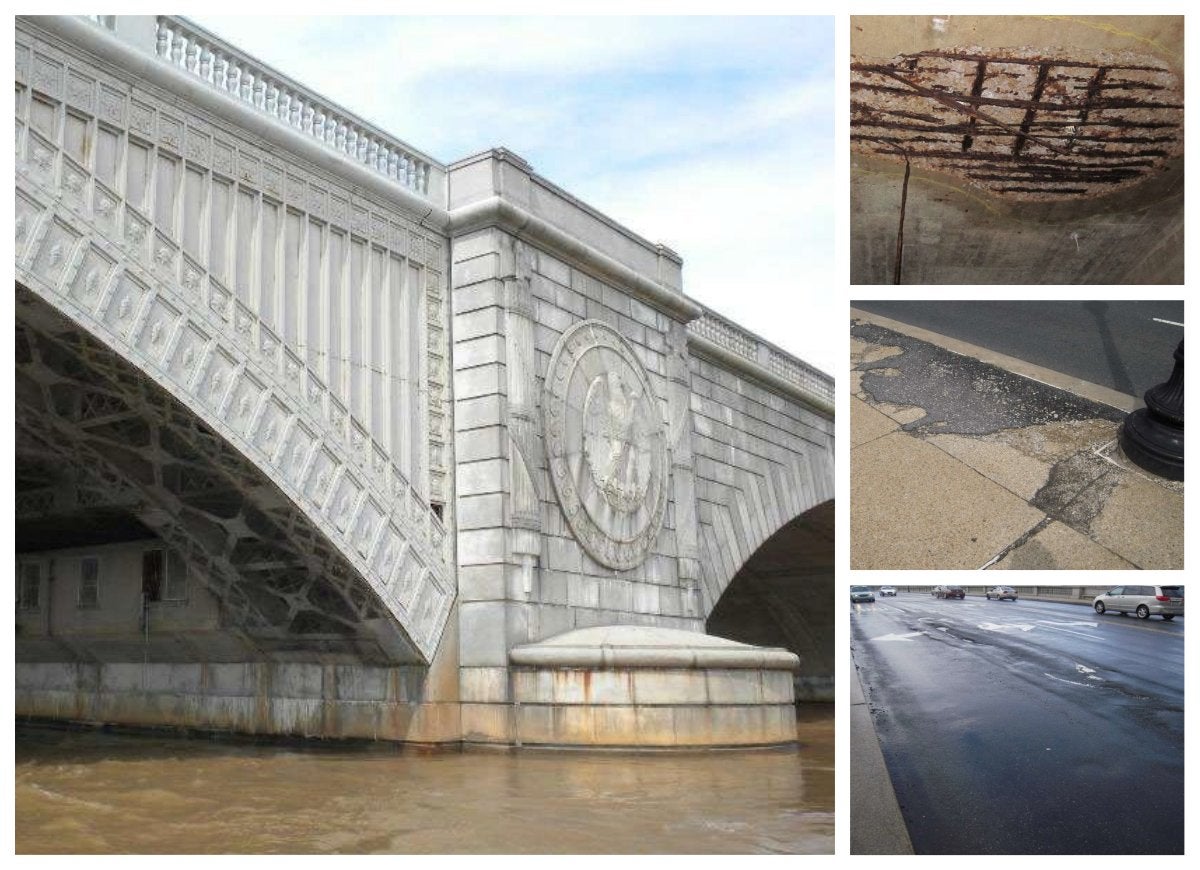
Wikimedia Commons via National Park Service
The draw span of this neoclassical bridge was permanently closed in 1961, but the bridge still managed to earn a spot on the National Register of Historic Places in 1980. While the bridge, built in 1932, has been repaired over the years, its beauty, utility, and historical significance have inspired a $22 million rehab, slated for completion in 2021.
Coco Palms Resort in Kapaʻa, Hawaii

Wikimedia Commons via FunksBrother
This legendary Hawaiian resort was a hotspot getaway fro the rich and famous—even serving as the backdrop for several movies in the 1950s, including the wedding scene from the Elvis Presley film Blue Hawaii. For years, many came to have their own Blue Hawaiian wedding and enjoy a slice of paradise. However, in 1992 Hurricane Iniki forced the upscale hotel to shutter its doors. There have been attempts to renovate the property, but defaulted loans and protests from Native Hawaiians have delayed work.
City Hall Subway Station in New York City, New York
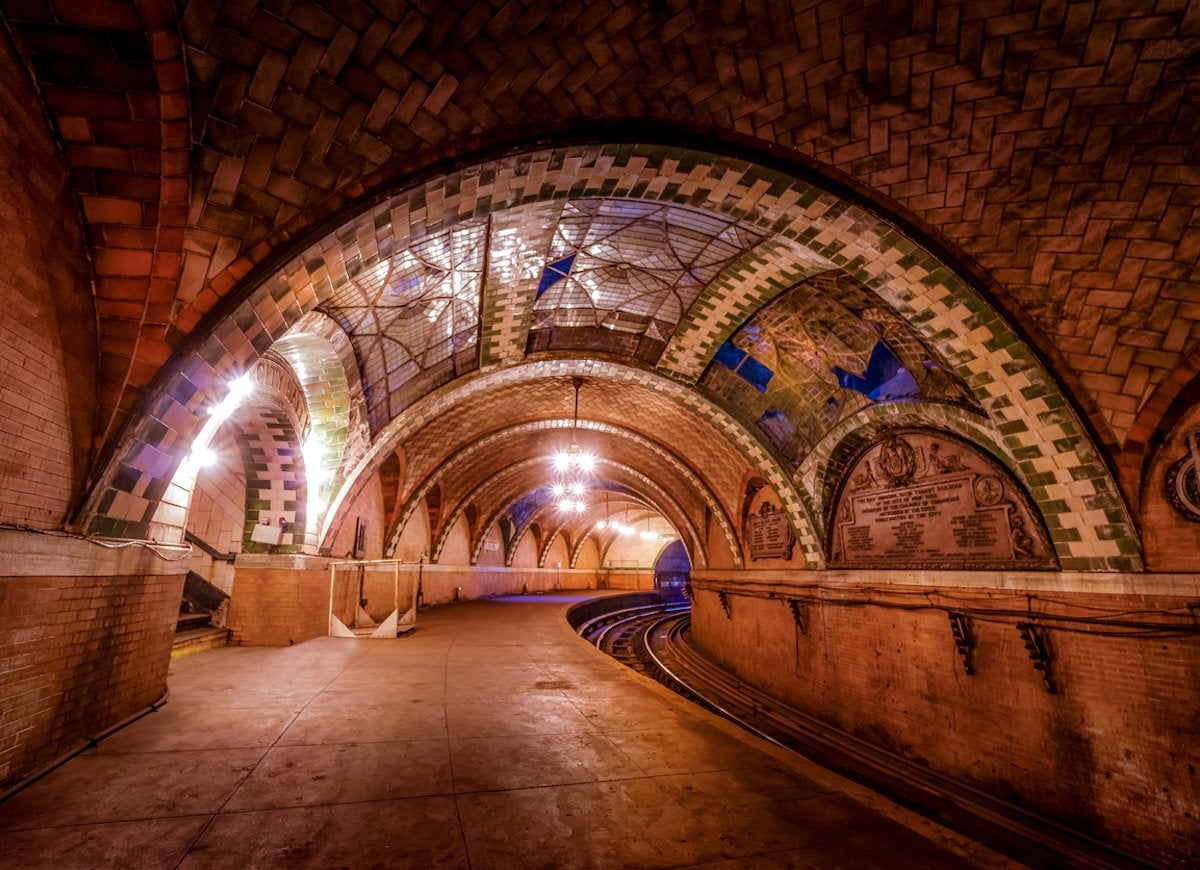
Below the hustle and bustle of New York City’s City Hall is a hidden gem many New Yorkers are unaware of: Old City Hall Subway Station. Unlike today’s stations, the Old City Hall station had vaulted tile ceilings, glass skylights, and chandeliers. It was the inaugural stop of the subway system on October 27, 1904. However, as the subway system developed and expanded the stop became irrelevant and was shuttered in 1945. The stop isn’t entirely abandon; you can catch a glimpse of the station if you ride the downtown 6 train or you can become a New York Transit Museum member and sign up for one of their periodic tours.
City Methodist Church in Gary, Indiana
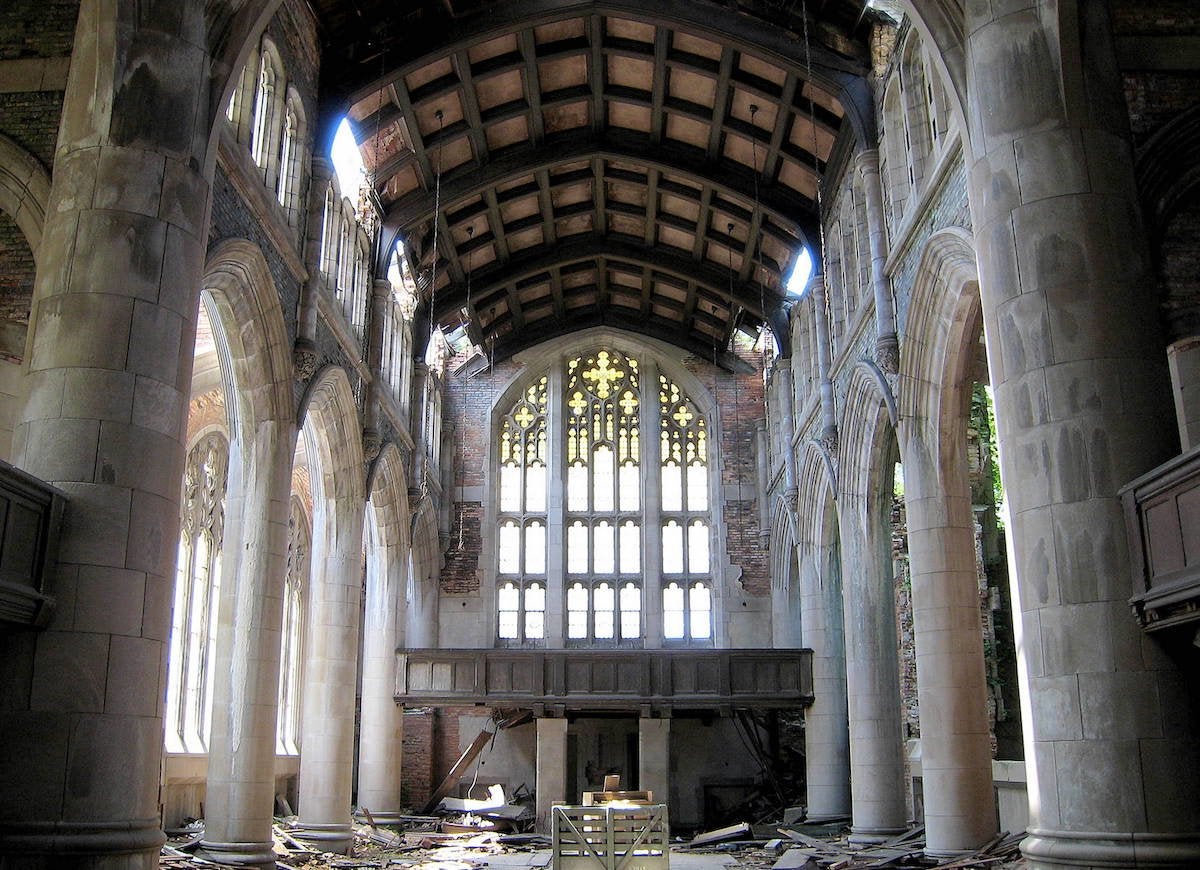
Wikimedia Commons via Peter Fitzgerald
Opened in 1926, the City Methodist Church in Gary, Indiana was more than a grand Gothic Revival, it had a flourishing community to go with it. In addition to services, it hosted city meetings, a gym, and even a 1,000-seat theater. At its peak in the 1950s it was the largest Methodist congregation in the Midwest, but white flight during the 1960s forced it to end services in 1975. Due to neglect and a fire, the building has deteriorated and become a symbol for the decline of Gary. It attracts many urban explorers, as well as filmmakers who use it as a backdrop for movies and TV shows. In recent years the city has started discussions and brainstorming ideas for turning it into a garden. In 2019 it was given an Indiana state historical marker.
Santa Claus, Arizona
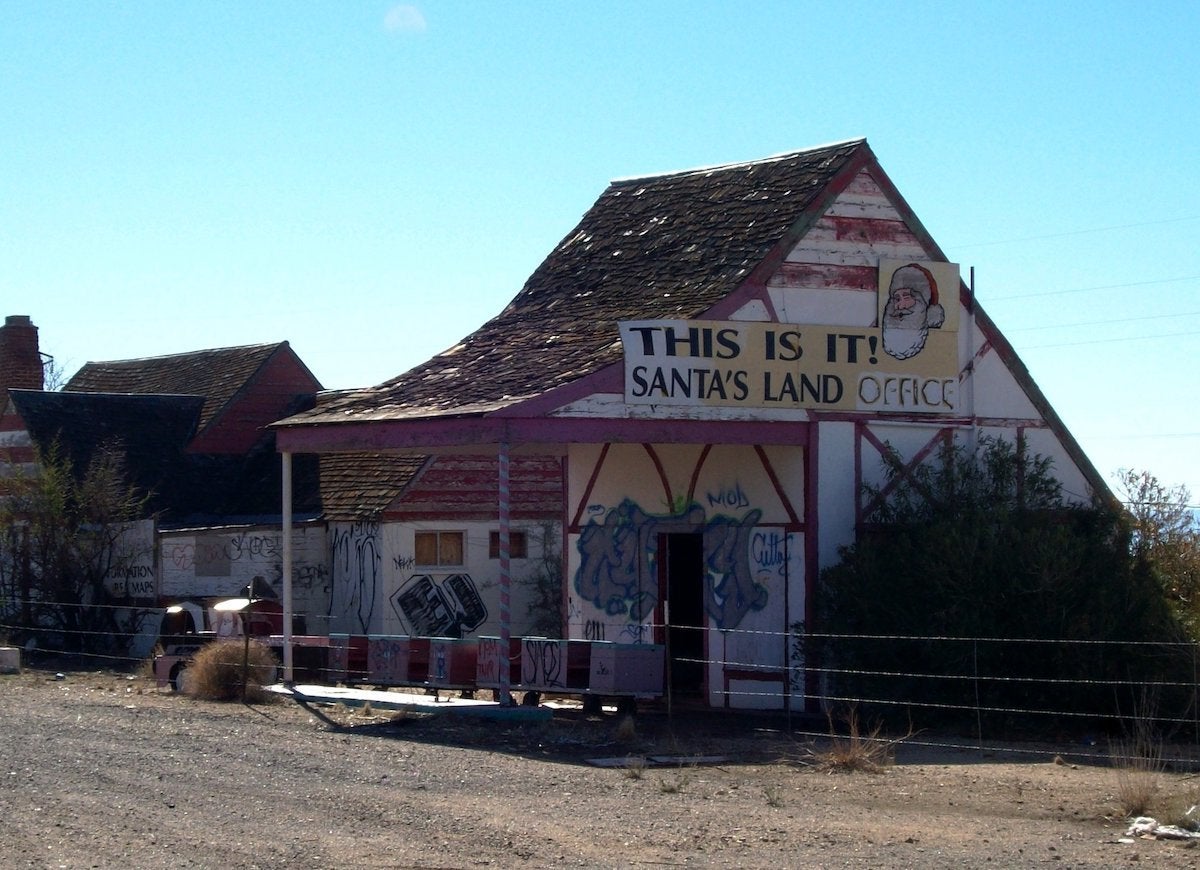
Flickr.com via mlhradio
No, this wasn’t a retirement community for mall Santas. Santa Claus, Arizona was founded in 1937 by a realtor, Nina Talbot, hoping to attract homebuyers to the desert town through zany marketing. The holiday-themed town was a success as a pitstop for roadtrippers who enjoyed eating at Santa Claus Inn, but it failed at getting people to stay for good. Once the popularity of Route 66 dwindled, so did Santa Claus. The remains of Christmas castles and gift shops can still be found in the ghost town.
Astrodome in Houston, Texas
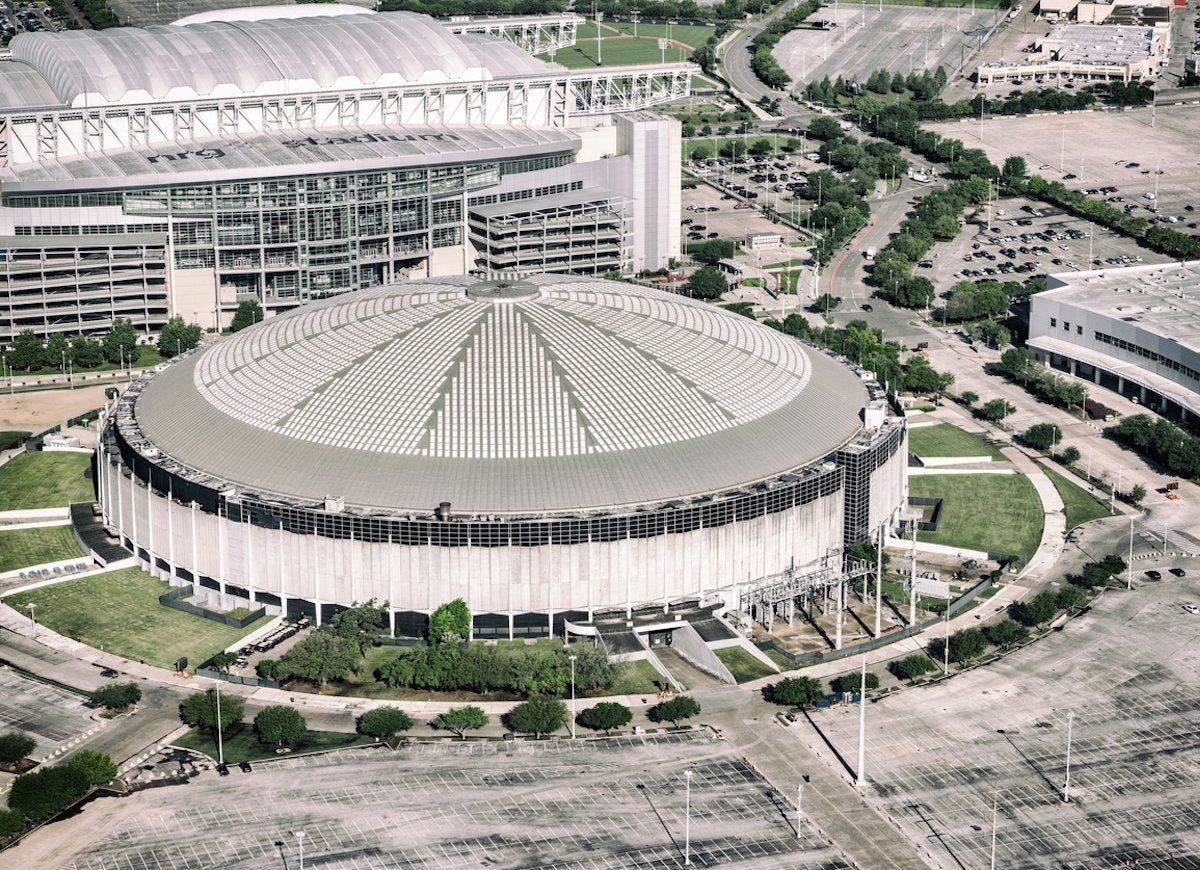
Nicknamed the “Eighth Wonder of the World,” the Astrodome was quite the feat when it opened in 1965; it was the world’s first enclosed, air-conditioned stadium, and was the first use of artificial turf (aka Astroturf). In addition to being home to the MLB’s Houston Astros and the NFL’s Houston Oilers, it hosted countless events like the iconic Battle of the Sexes tennis match, NBA finals and All-Star games, and Wrestlemania. The Astros and Oilers eventually left for newer stadiums, and since 2008 the dome has been left empty and purposeless. In more recent years, the city of Houston has been having discussions whether to renovate it, demolish it, or just let it be.
Catskill Game Farm in Catskill, New York
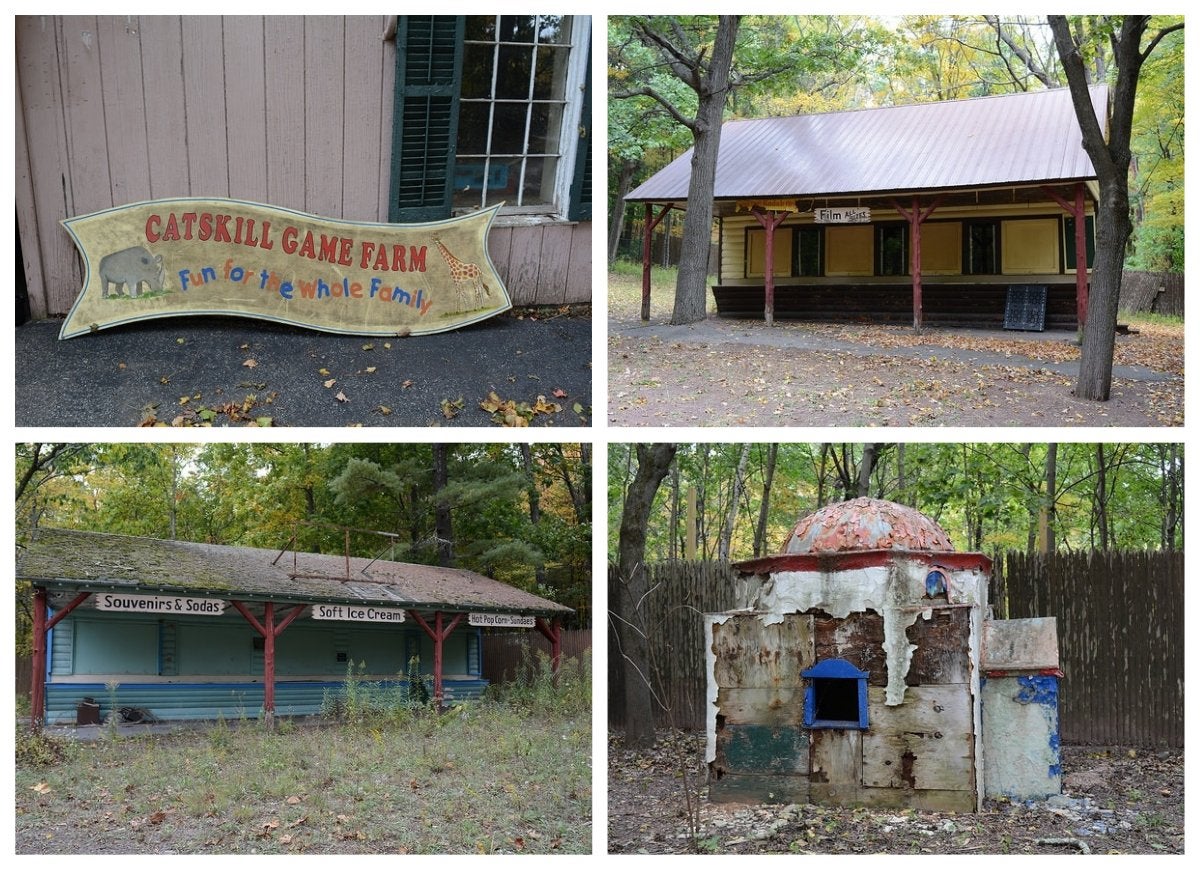
Flickr.com via Cory Seamer
Once a vibrant zoo filled with exotic animals, the 206-acre Catskill Game Farm is now little more than a collection of dilapidated animal pens, weathered signs, and overgrown brush. The zoo closed in 2007, and a campground now occupies the site where nostalgic tourists can hike and play outdoor games on the old grounds, or even meet April the Giraffe, a four-legged resident of the former zoo.
